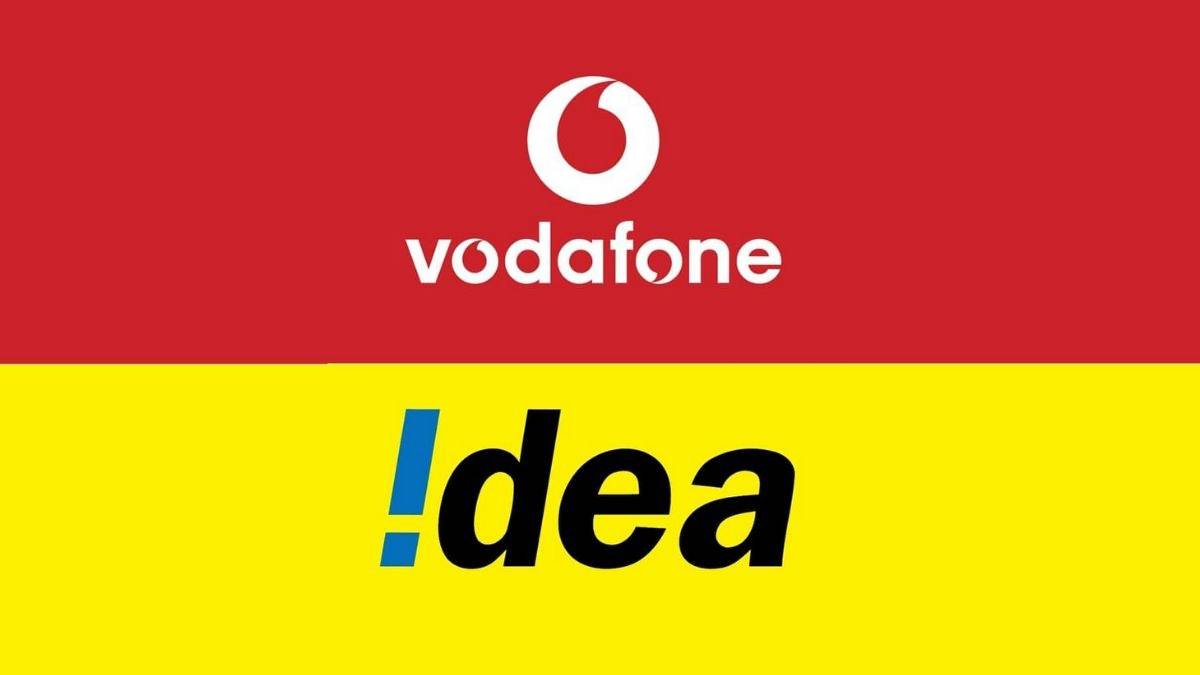Vodafone Idea Limited on Monday announced its integration into one brand called ‘Vi’
Vodafone Idea new brand Vi, the decision came two years after the merger of Vodafone India Ltd and Idea Cellular Limited. The newly launched unified brand ‘Vi‘ marks the completion of the merger between two telecom companies.
Vodafone India merged with Idea Cellular on August 31, 2018, and renamed Vodafone Idea Limited. This single brand identity called ‘Vi’ is being considered as one of the world’s largest integration in the telecom sector. The company is trying to rebrand its image in order to gain profits and also to attract a greater number of customers.
Why the rebranding??
According to reports, Vodafone Idea Limited is trying to rebrand its identity once again in the market two years after its merger. The rebranding of the company into one brand is being done in order to reduce the cost of maintaining two brands. Vodafone and Idea now Vi, after their merger in August 2018, continued with their independent brand and advertising campaigns.
It was contemplated that Idea has been a mass-rural focused brand in India. Vodafone was seen as the choice of the premium urban crowd. However, with the merger of the two brands, the telecom operator witnessed that the divide between rural and urban India has reduced.
Earlier this year, looking at the brand value of Idea, Vodafone now termed as Vi decided to announce the shift of their premium post-paid customer base. This was done as the company believed that with the brand value of Idea, the company cannot charge a premium to the customers who are using Idea services.
Reduction in the customer base:
After the emergence of Reliance Jio and Bharti Airtel in the market, Vodafone Idea Ltd started losing its customer base steadily. The presence of rivals in the market reduced the user base of Vodafone Idea Ltd to nearly 280 million from around 480 million in 2018. Through ‘Vi’, the company is trying to attract new subscribers and strives to provide them with quality and value.
Staggered payments of AGR dues:
On September 1, the Supreme Court of India in its decision held that telecom firms in India will have to clear their adjusted gross revenue (ADR) dues in the next 10 years. About two decades earlier, in 1999, when the huge involvement of private players started, many telecom operators migrated to the system of the private partnership (revenue sharing model).
The telecom operators under this model of revenue sharing agreed to share the revenue which was called AGR. Problems arose when telecom operators and the government challenged the definition of AGR accordingly. Many telecom operators started believing that AGR should only extend to core telecom services.
The case had been long pending in the Supreme Court since 2005. In October 2019, the apex court said that since the licensee had agreed to the migration packages, they were liable to pay the dues, penalty on the dues, along with interest on penalties due because of the delay in payments.
The court ruled that telecom firms like Vodafone Idea, Bharti Airtel, and Tata Teleservices would need to pay 10 percent of their AGR-related dues by March 31, 2021. Telecom firms need to pay Rs. 1.4 lakh crore (approx.) In the share of dues, Vodafone-Idea and Airtel alone had to pay around 54 percent of the total license fee dues claimed by the Department of Telecommunications (DoTs).
The integration of Vodafone and idea into one brand came amid a decision when the company planned to raise funds of Rs.25,000 crore.

